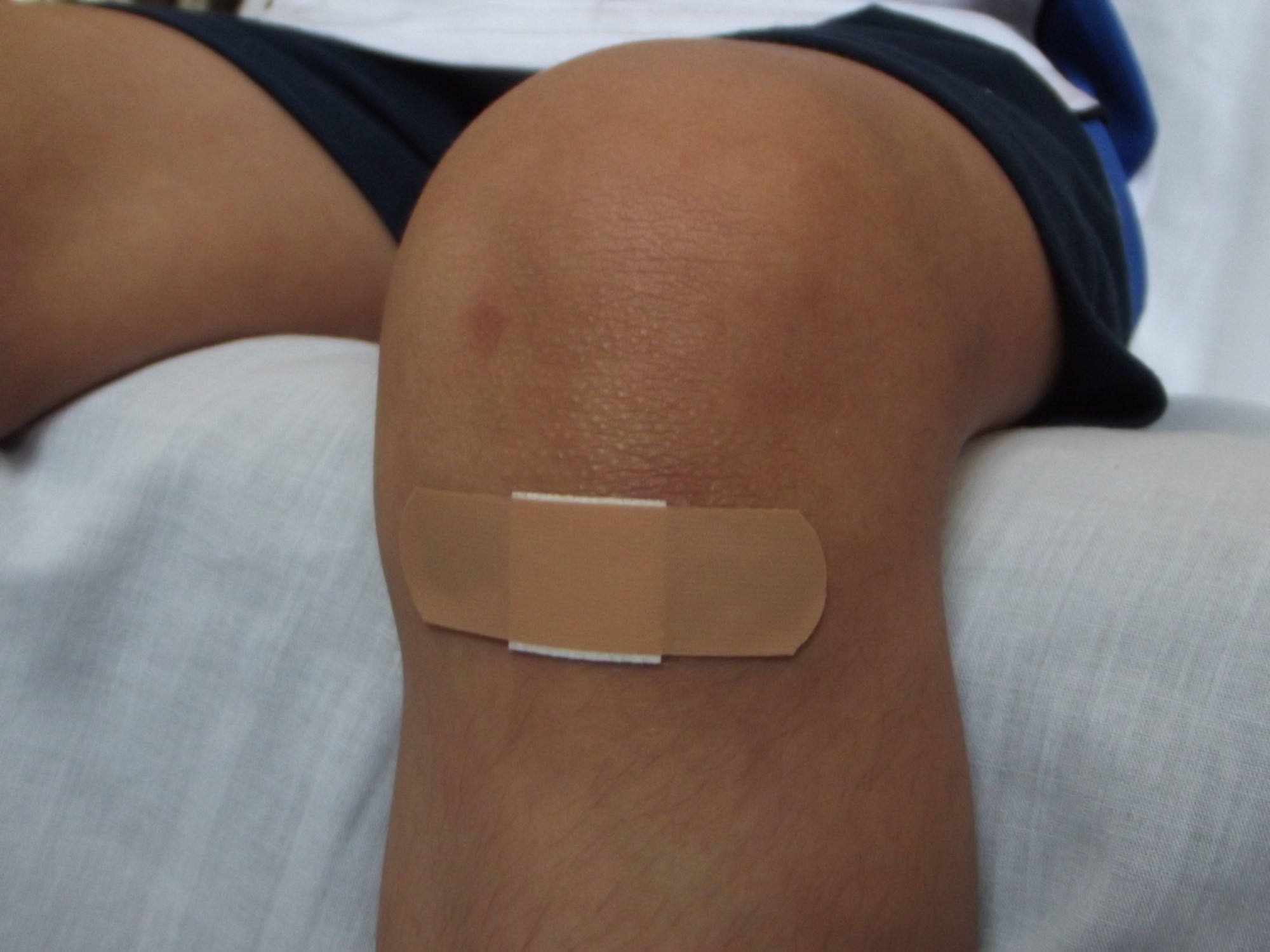Even though treating wounds dates back to ancient times, the bandaid officially hit the market in 1921. An inventor noticed that his wife continued cutting her fingers in the kitchen and he wanted a convenient bandage she could apply herself. Soon after, the bandaid turned public.
Today, there are different types of bandages that treat a variety of wounds. But how to which ones to use and why they’re helpful? Here’s an in-depth look at wound dressings and when you need to use each one.
1. Adhesives
Adhesive bandages are one of the most common and convenient bandages available. They come in a variety of sizes and shapes that are designed to give a comfortable fit and completely cover the wound. You’ll want to use adhesives for cuts and scrapes that are not deep and are usually treated at home.
Typically, most of these adhesives work to protect the wound until it heals. They are easily changeable and work well when you need to cover a wound quickly. Some are plastic or fabric, and waterproof and you’ll always want to keep your first-aid kit stocked with these from www.firstaidsuppliesonline.com/product-category/first-aid-kits/first-aid-kit-refills/.
2. Gauze
Gauze is made of cotton and is used for many different medical needs. These dressings are mainly for larger wounds that need more coverage and protection. They secure the body and contour with movement while keeping the wound safe.
Gauze comes in a cotton roll, which is applied first to the wound. They’re adaptable to any part of the body but normally reserved for larger areas like legs, arms, or heads. Gauze sponges may be needed at first to absorb blood or other bodily fluids.
You can use gauze for all types of wounds, especially burns because they will not stick to the skin as they heal.
3. Pads
Pads are large pieces of gauze that do not stick to the body but may be pressed into the wound to stop bleeding or other discharge. Think of it as a bigger bandage, but without the adhesive, and suited better for wounds that smaller adhesives can’t cover.
If you wanted to use these pads to protect a wound, some adhesive tape around the perimeter of the bandaid works to keep it secure.
You can use pads for all types of wounds, but typically when you want to apply pressure to stop bleeding.
4. Wraps
Wraps are another bandage that aids in healing, though they are different from gauze and adhesives.
Wraps are better known as roller bandages which are made of cotton and polyester so they’re elastic. They don’t necessarily provide wound coverage for an open wound but compression and support for pulled or injured muscles. You’ll need clips to keep it in place, especially if you need to wear it for a prolonged time.
Using to keep injured or sore muscles or bones still before you see a medical professional is preferred.
There are also self-adherent wraps that keep gauze and other dressings in place. These stay on the skin due to their sticky fabric but do not harm the skin.
Why It’s Important to Use the Right Type of Bandage
You might think it’s ok to put a small bandage on a deep cut or wound. However, this is not always the case.
One of the reasons why it’s important to choose the right type of bandage is to make sure the wound is treated correctly and to avoid further injury. You can’t treat a deep cut with a small adhesive bandage because there’s likely too much blood and the bandage isn’t strong enough.
How Do You Know Which Bandage to Use?
If it’s important to use the right kind of bandage, you have to know which bandage to use and when. Since injuries can occur anytime, you and the patient will benefit from having many different options in your first-aid kit.
Here are a few questions to ask yourself when you think you need a bandage or to seek medical care:
What type of injury is it? Is it a cut, scrape, burn, or another injury?
Is the wound bleeding?
Assess the wound: is it large or small and where is it on the body? Does the wound look thin or jagged around the sides?
Has the wound impacted the surrounding areas? Do you have a bandage or supplies to cover it completely?
Choosing the right type of bandage will aid in the injury’s healing and in its protection. Only change the bandage when necessary because exposure could increase the chances of infections.
When to Seek Urgent Medical Care
It’s great when you can treat a wound on your own and it heals well. However, this isn’t always the case. Sometimes you need a bandage for temporary protection while you seek out medical care.
Here’s when you know if your bandage needs more urgent care:
- Bleeding profusely through pads or gauze, even though you change them several times
- The wound is more than 1/2 an inch in depth or if it’s very long
- Redness or swollen around the infected area
- Pain that doesn’t suppress or numbness
- If an object is lodged in the wound or you’ve cut yourself on a rusty object
- Animal bites
While the majority of minor cuts and scrapes or burns only warrant minor bandages, if the injury is too deep it may require stitches or other medical attention.
Types of Bandages for You
Understanding the differences between the types of bandages is key to treating wounds correctly and carefully. When you inspect the wound and have a variety of bandages available to you, you can feel confident that you’ve done everything possible to heal wounds.
Are you looking for more information about staying healthy? We have everything you need to know! Visit our page today to stay up to date.
